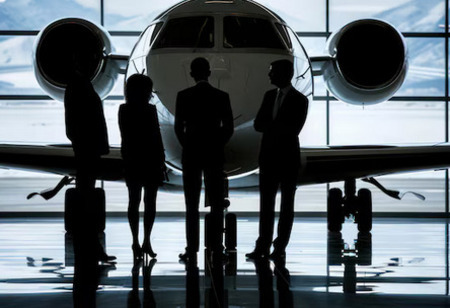
DGCA Seeks Funding, Powers to Strengthen Oversight

 India's civil aviation authority is advocating for operational independence in financial and personnel matters, mirroring the structure of regulatory bodies in Europe, Britain, and America, as it aims to enhance supervision capabilities and match the requirements of a rapidly expanding airline industry.
India's civil aviation authority is advocating for operational independence in financial and personnel matters, mirroring the structure of regulatory bodies in Europe, Britain, and America, as it aims to enhance supervision capabilities and match the requirements of a rapidly expanding airline industry.
The Directorate General of Civil Aviation (DGCA) is requesting the power to hire staff independently and provide competitive compensation packages to draw skilled experts, according to sources close to the situation who preferred anonymity due to protocol restrictions.
The agency is also pursuing additional budget allocations to fund ongoing professional development initiatives for its workforce, these sources indicated.
Also Read: Here is How India & Japan Re-Use Wastewater Using Johkasou Technology
This push for independence reflects the regulator's recognition that it must strengthen its capabilities and improve monitoring of what ranks as the globe's third-largest domestic airline market. Staffing limitations at the DGCA could also spark questions about its capacity to maintain safety standards — concerns heightened following the recent Air India accident that resulted in fatalities for all passengers except one and prompted a comprehensive industry review.
Presently, India's aviation regulator functions with restricted personnel and budget resources that represent only a small portion of what international equivalents receive.
By July, the DGCA had appointed personnel to merely 553 out of 1,063 technical positions and had 4,295 air traffic controllers on staff.
By comparison, America's Federal Aviation Administration employs 46,170 people, encompassing 14,000 controllers and 7,000 safety oversight personnel.
Also Read: Ultrathin Fuel Cells: Converting Glucose into Electric Energy
For the fiscal period concluding March 31, the DGCA received an allocation of only $38 million, while the FAA obtained $23.1 billion for fiscal 2024, sources noted. The European Union Aviation Safety Agency (EASA) received eight times more funding than its Indian equivalent in 2024, while Britain's Civil Aviation Authority was allocated nearly six times the DGCA's current budget in 2023, according to these individuals.
In contrast to the DGCA, which functions under India's Ministry of Civil Aviation, the CAA and EASA operate as autonomous organizations, according to sources. The FAA, which falls under the US Department of Transportation, has comparatively restricted independence, they noted.
India's aviation industry has experienced steady expansion over the last ten years, with passenger traffic increasing by more than double from 116 million to 234 million, while the aircraft fleet has grown by over 100 percent to reach 841 aircraft.
Also Read: China is Beaming into the Space-Based Solar Power
Indian airlines have placed orders for over 1,300 aircraft, representing one of the world's largest order portfolios from a single nation, indicating that the regulatory authority's responsibilities will continue to expand in future years.
The Indian aviation regulatory body also does not have an established training framework, and budget limitations have impeded initiatives to create specialized courses in partnership with national and international organizations.
This situation has resulted in difficulties in positioning qualified inspectors throughout the nation, especially for specific aircraft models situated in areas lacking appropriately trained staff.

